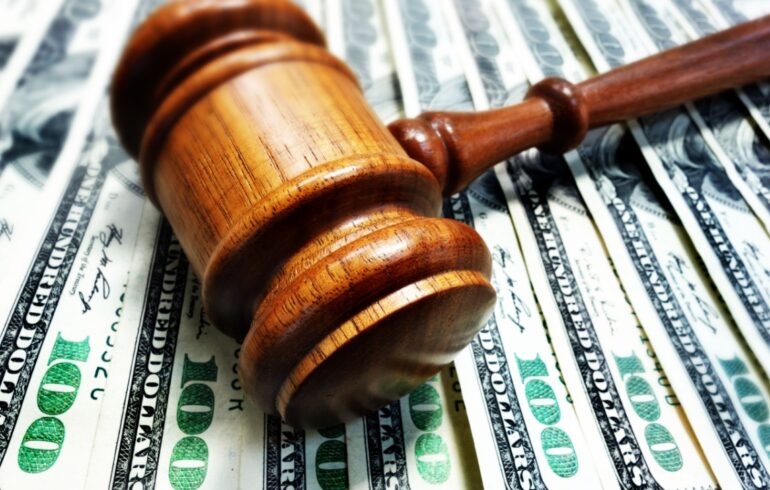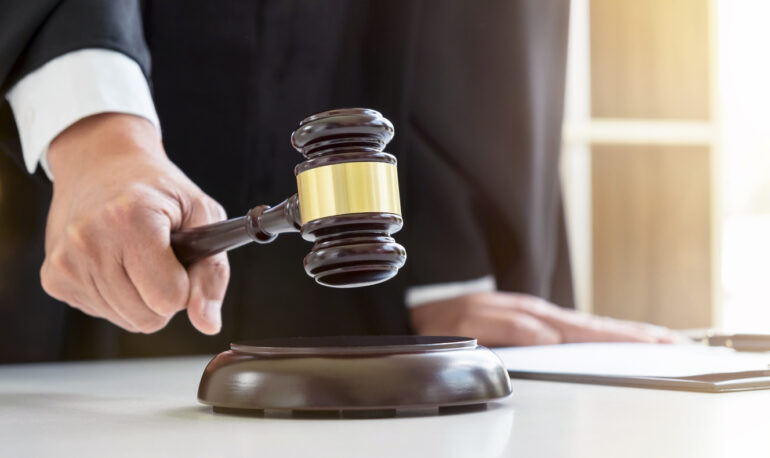
We all know that accidents are unfortunate, but what if there was a way to reduce their frequency? What if we could hold those responsible for accidents accountable in a way that makes a change? This is where punitive damages come into play.
In this article, we’ll explore the impact of punitive damages in controlling accidents. A personal injury attorney at Apex Law says that this knowledge is crucial in reducing instances of negligence in the US. Read on to find out how.
Understanding Punitive Damages
What are punitive damages? Punitive damages, also known as exemplary damages, are legal restitution that a defendant must pay in addition to compensatory damages. In other words, punitive damages aim to punish the wrongdoer and deter similar conduct in the future.
For example, a pharmaceutical company rushes the release of a new medication without conducting further testing to ensure safety. As a result, numerous patients experience adverse, severe pains, which may even lead to death. In a lawsuit, the court imposes punitive damages on the pharmaceutical company as a punitive measure due to their act.
Factors Considered When Awarding Punitive Damages
When awarding punitive damages, the court considers the following factors:
- Severity of misconduct ─ The extent and severity of the defendant’s misconduct are crucial. Courts assess the recklessness or willful disregard for safety exhibited by the defendant.
- Proportionality ─ The punitive damages should be proportionate to the harm caused by the defendant’s wrongdoing.
- Degree of harm ─ The harm caused by plaintiffs or victims is another consideration. Courts may evaluate the extent of physical injuries, financial losses, or even emotional distress.
Impact of Punitive Damages on Controlling Accidents

Behavioral Change
Punitive damages incentivize safer driving habits. Knowing that inappropriate behavior on the road could result in massive financial penalties, drivers are likelier to adhere to traffic laws, exercise, and avoid risky behaviors such as speeding and distracted driving.
Manufacturer Accountability
In cases involving defective vehicles or faulty automotive components leading to accidents, punitive damages hold manufacturers accountable for their negligence. Automakers prioritize quality control, rigorous testing, and prompt recall to limit accidents caused by product defects.
Prevention of Repeat Offenses
Punitive damages deter the at-fault party and others from engaging in such behaviors. The prospect of enduring significant financial penalties and legal consequences motivates drivers to engage in safer driving and learn from their mistakes, thereby avoiding accidents.
Legal Precedence and Enforcement
Cases involving punitive damages enhance legal precedence and enforcement measures related to road safety. Courts may impose stricter penalties on repeat offenders or set precedence for holding third parties, such as bars, accountable for giving alcohol to impaired drivers.
In essence, punitive damages enable courts to develop enforcement measures that limit the chances of accidents.
Public Awareness and Education

Punitive damages in road accidents raise public awareness about the consequences of negligent driving behaviors. Educational campaigns and advocacy efforts to promote road safety gain momentum, leading to increased support for driver education programs and infrastructure improvement initiatives.
Such efforts will decrease the number of road accidents due to safe road practices by drivers.
Overall, punitive damages are a vital deterrent against negligent behavior. They effectively limit accidents by imposing significant financial penalties on individuals or entities responsible for the harm. The deterrent effect makes individuals and organizations adhere to regulations and practice caution to avoid facing punitive consequences.
Holding wrongdoers financially accountable for their actions and imposing punitive damages incentivizes proactive steps to control accidents, promoting safer practices in various industries and sectors.
The Final Cut!
Punitive damages emerge as a formidable force for change in accident control. They have impacted accident control by instilling a sense of accountability and corporate responsibility, contributing to a safer society.
